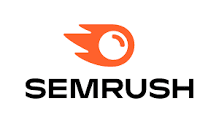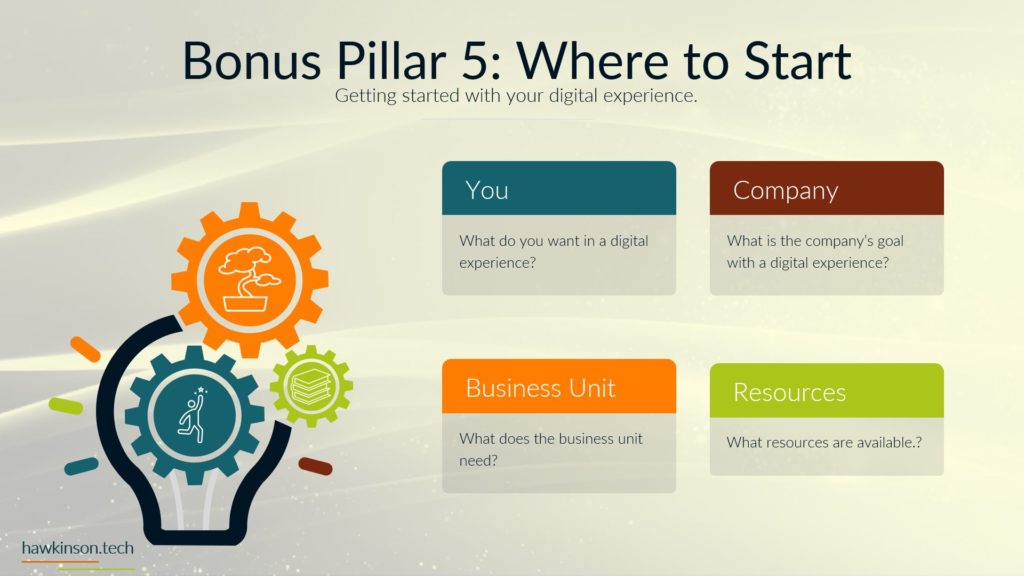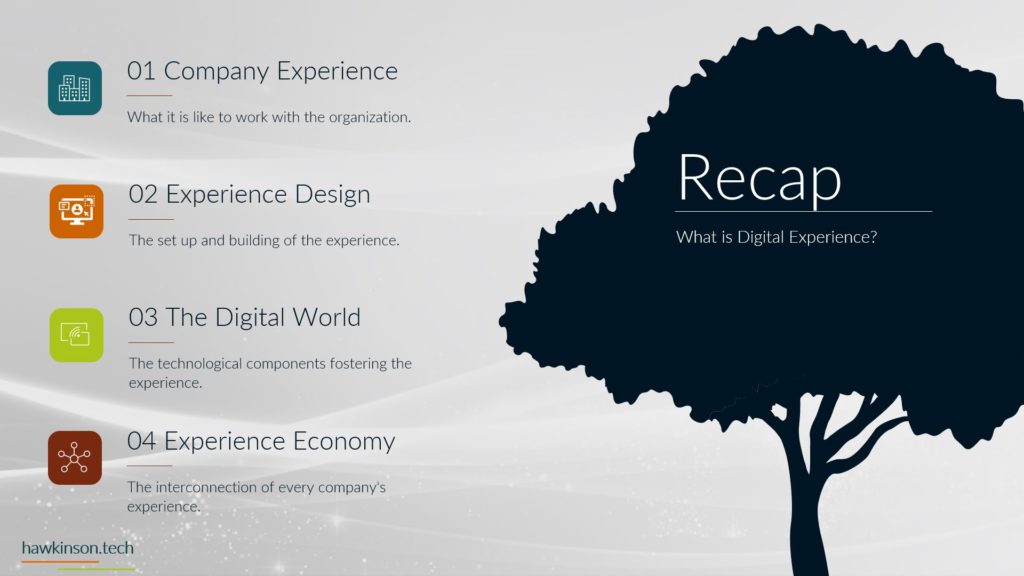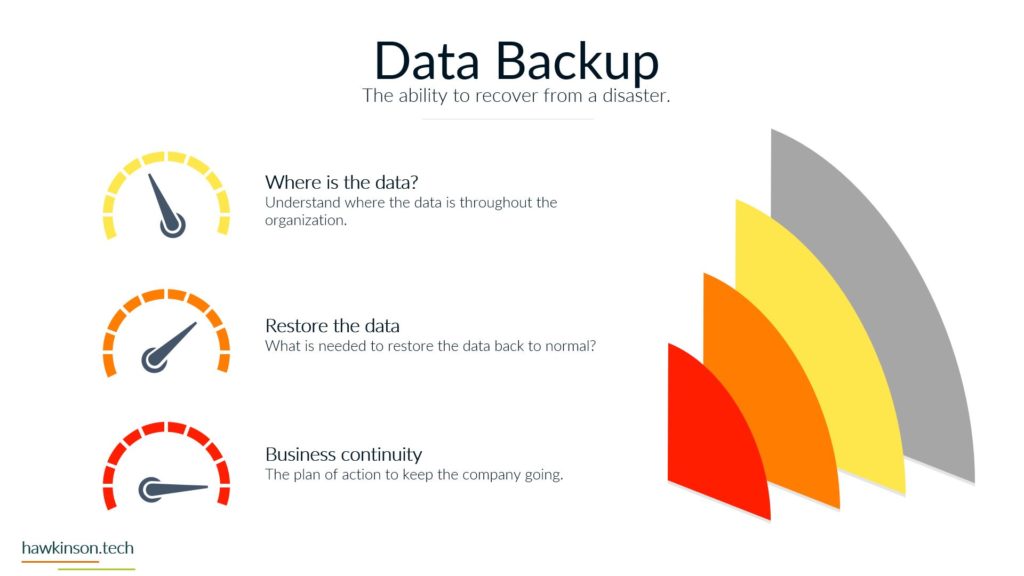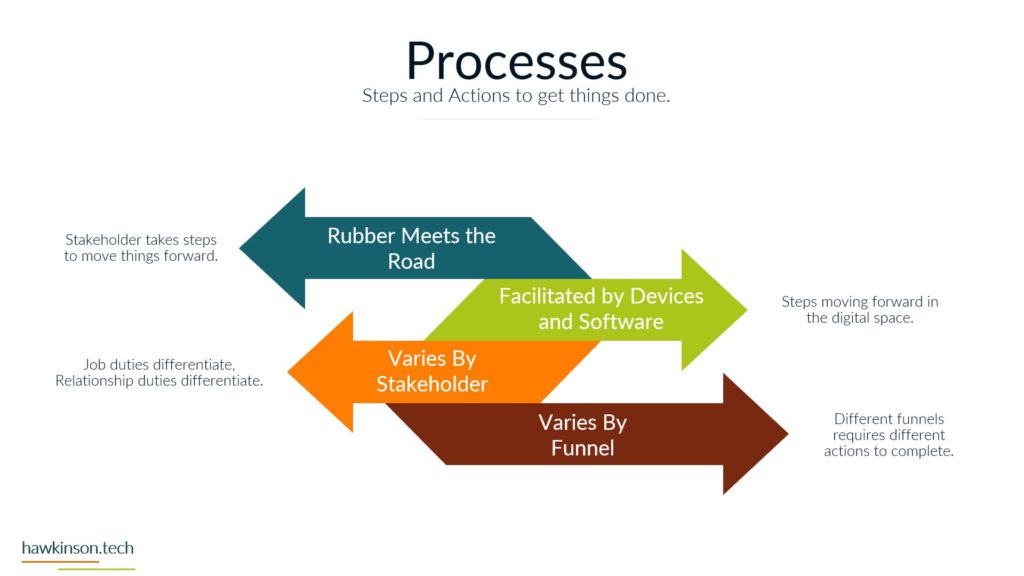Moz is a comprehensive SEO software suite that provides many tools and features to help marketers, website owners, and SEO professionals optimize their websites and improve search engine rankings.
Key Features
Keyword Explorer
You may find, analyze, and choose the most effective keywords for your content with the help of Moz’s Keyword Explorer, which offers useful information on search traffic, keyword difficulty, and spontaneous click-through rate.
Site Crawl
By checking your website for technical SEO issues like broken links, duplicate content, and missing meta tags, the Moz Site Crawl tool may help you find and address issues that might impair your site’s performance and search engine rankings.
On-Page SEO
Moz offers suggestions for on-page SEO, such as title tag, meta description, and header tag optimization, which can increase the visibility of your website in search engine results pages.
Rank Tracking
You may follow your site’s search engine rankings for particular keywords using Moz’s rank-tracking feature, enabling you to evaluate your SEO efforts’ success and make fact-based decisions.
Other Features
- Domain analysis
- Link explorer
- Custom reports
- SEO toolbar











